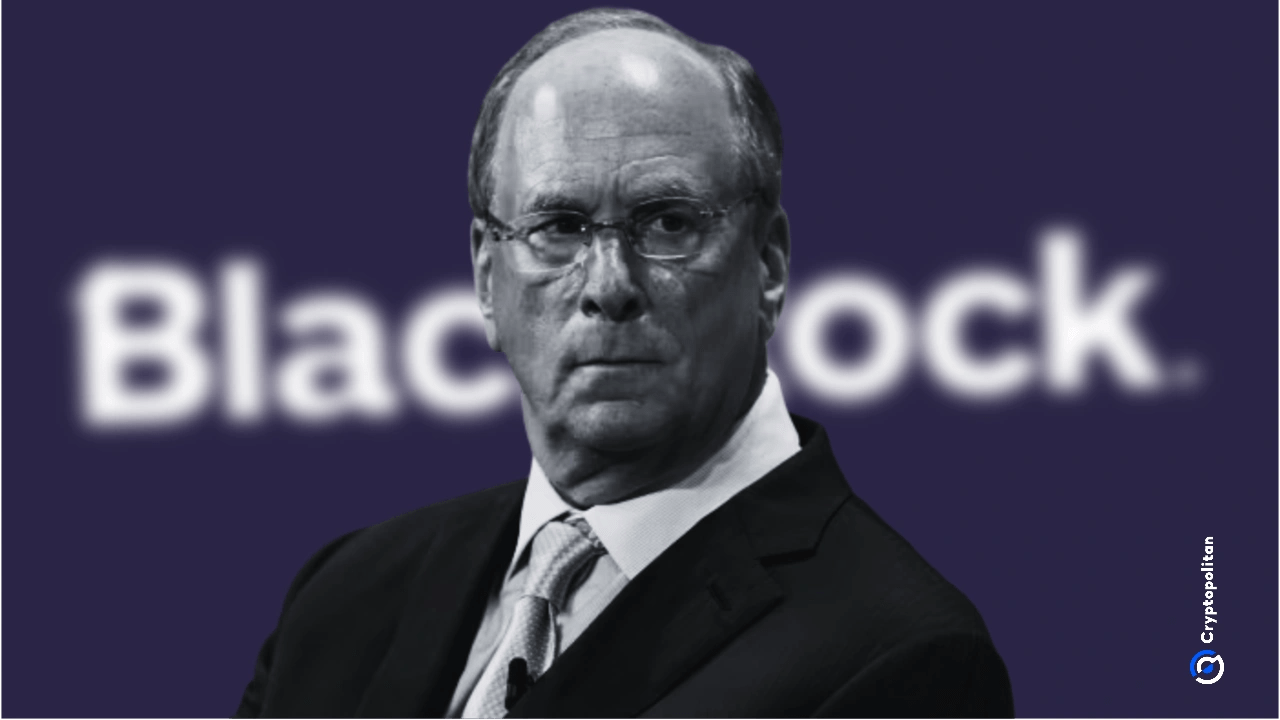Wintermute Analysis: Stablecoins Grow While ETFs and DATs Stall in Crypto Markets

- Global liquidity is expanding, yet crypto remains on the sidelines.
- Stablecoins are the only segment still demonstrating consistent growth.
- Market performance is now driven by liquidity direction rather than supply.
Wintermute’s latest report highlights a puzzling market divergence. Despite broad monetary easing and rate cuts by major central banks, the surge of new capital continues to bypass crypto assets. Most of this liquidity is flowing into equities and artificial intelligence instead. Stablecoins remain the sole expanding pillar within digital assets, reflecting steady but limited activity.
The report suggests that the traditional four-year cycle theory has lost its relevance. Liquidity trends now dominate market movements, making past halving-based patterns increasingly obsolete.
Although leverage has been unwound and volatility subdued, the lack of new ETF or Digital Asset Trust (DAT) inflows continues to restrain momentum. The market structure appears cleaner, but price growth still depends on the return of institutional capital through these vehicles.
Also Read: Michael Selig Nominated to Lead CFTC in 2025: A New Era for Crypto Regulation?
Macro Backdrop Supports Risk Assets, but Crypto Lags
The macro environment remains favorable. The Federal Reserve’s recent 25-basis-point rate cut and the end of quantitative tightening signal a supportive stance toward risk assets. However, uncertainty surrounding future rate paths has triggered brief volatility. U.S. equities quickly stabilized, yet crypto failed to rebound in tandem, underscoring its weak connection to broader liquidity flows.
 Source: @wintermute_t
Source: @wintermute_t
Bitcoin and Ethereum continue to trade within a tight range, hovering around $107,000 and $3,700, respectively. Altcoins continue to trend based on market-specific narratives, while market indexes such as GMCI-30 dropped sharply, falling 12% in last week’s market. Declines across assets were widespread, led by gaming and Layer 2 assets, while AI and DePIN assets noted a Relative Strength Index improvement. These trends suggest post-FOMC liquidity adjustment changes rather than structural problems.
Liquidity Allocation Defines the Next Crypto Move
The trouble at the heart of crypto’s slow growth is not a lack of liquidity but its direction. Central banks are pouring liquidity into healthy markets, but it’s just that a lot of funds are entering the stock and AI sectors rather than crypto. Stablecoin supply is up 50% in 2022, with over $100 billion of new supply, while ETFs have been experiencing slow growth in assets under management at around $150 billion, and DAT activity is nearly nonexistent because exchange volume is down.
 Source: @wintermute_t
Source: @wintermute_t
Only one of the three major inflow engines, stablecoins, is operational. ETF demand is tempered, and the DAT pipelines are dried up. Institutional and retail investors’ interest is in faster-moving equity and AI trades. Wintermute concludes that liquidity is ample but misaligned, “indicating that a crypto rebound will commence only when ETF and DAT flows restart. Until then, stablecoins are keeping the ecosystem afloat.
Also Read: US Cracks Down on North Korea’s Crypto Crime: $3 Billion Stolen in 3 Years
You May Also Like

BlackRock boosts AI and US equity exposure in $185 billion models

Pepe Coin Price Today: PEPE Holders Watch Out As Layer Brett Takes Centre Stage As The Best Meme Coin To Buy

